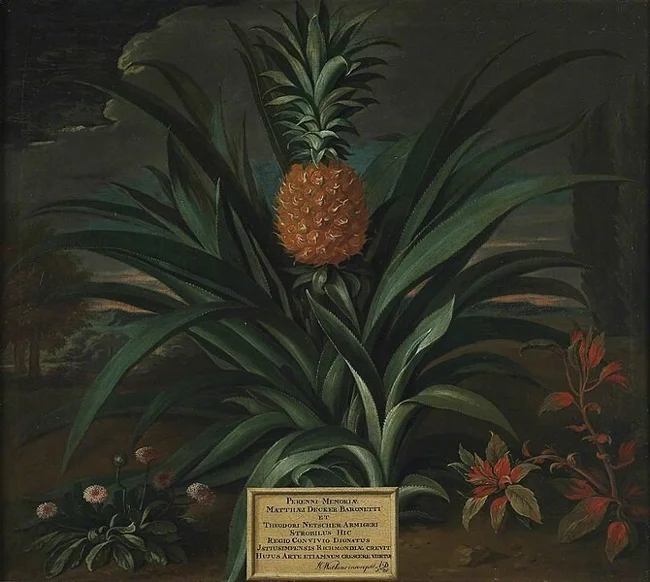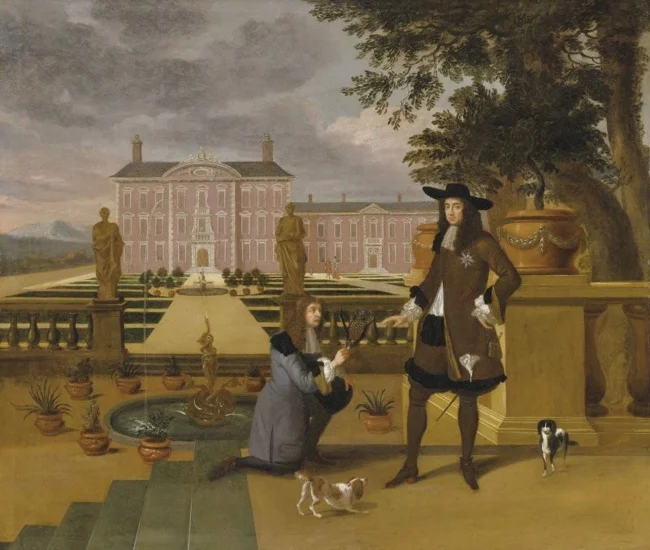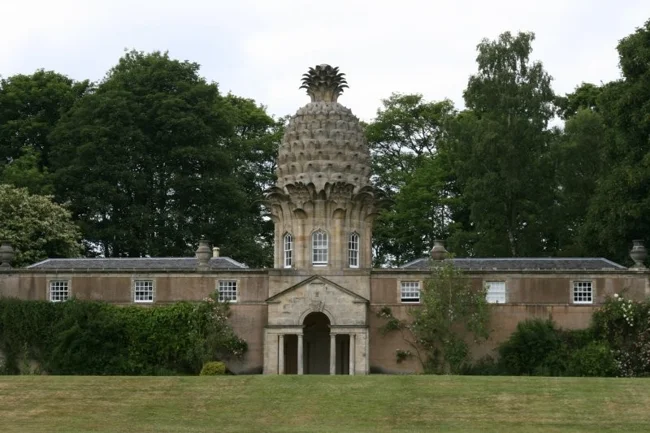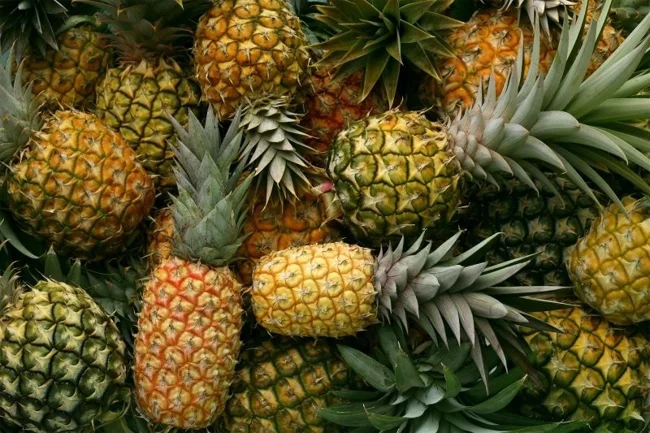How did the pine apple become a symbol of high status in 18th century England? (8 photos)
Pineapple is certainly a tasty and healthy fruit. But it has long become familiar and common to almost the whole world. Meanwhile, relatively recently, this prickly fruit, crowned with a lush crown of leaves, acted as a status symbol. 
The passion for exotic fruits and vegetables appeared a long time ago. The Greeks and Romans had their own rare, expensive and valuable dishes. And the generosity with which they were presented to guests was an indicator of power, status and wealth. This happened later with pineapples.
Status symbol 
In some cultures, the fruit symbolizes femininity, fertility and abundance. In 18th century England, this fruit became a sign of status and wealth.
The import of pineapples from South America began in the 16th century, when the first fruits were brought to Europe by Spanish sailors. From Spain they came to England.
In the 18th century, European sailors began to bring pineapple fruits home as a sign of a successful voyage and evidence of wealth and prosperity. It also became a decoration for the dining tables of the nobility. The presence of a pineapple on the table indicated that someone in the family was a traveler or explorer or merchant who could afford this expensive exotic fruit. 
Pineapple - a symbol of abundance for the few, a product of Sir Thomas Decker in his garden in Richmond
At ceremonial events, fruits were used as both decoration and food. The pineapple, which had traveled halfway around the world and remained fresh, was for Europeans a real and tasty expression of wealth and power.
Therefore, in 18th-century England, a pineapple could cost thousands of pounds. Only rich and noble families in England could afford to purchase it. The fruit was bought, and every part of it was used either for food or for display. Once purchased, the expensive fruit was often displayed for everyone to see until it rotted to the very core.
The pineapple was such an attractive symbol of wealth and abundance that wealthy families even rented it for a certain occasion for a short period of time, instead of buying it.
Attractive exotic 
Hendrik Dankaerts, "The gardener John Rose shows Charles II the first pineapple grown in Europe" (1675)
The simple reason why the pineapple was considered a status symbol and a sign of wealth lies in the culture of the era. At that time, people were just exploring other places, and getting to them was not easy.
Only the rich and determined could finance a sea voyage and bring back exotic riches and products. Pineapple in those days spoke of character: either you are a dashing adventurer or rich enough to pay someone to do the dangerous part of the work for you. 
The interesting appearance of the pineapple may also have played a role in its emergence as a symbol of wealth and royal power. Its lush crown of leaves and golden yellow color gave it the appearance of a king, and thus the fruit became associated with royalty and luxury. In this regard, they even gave it a suitable name - “royal pine”.
The strange appearance and unexpected taste of pineapple amazed Europeans. The British thought that pineapple tasted like rose water, sugar and wine all at the same time. Pineapples turned out to be so popular that the British even found a way to grow them on their land. 
The Dunmore Pineapple is one of Scotland's architectural wonders. Replaces the orangery dome on the grounds of Dunmore House, which was owned in this era by John Murray, 4th Earl of Dunmore.
However, even when they learned to grow them in Britain, the demand and value of pineapples did not fall. Only wealthy people could afford staff and greenhouse conditions for them. 
Moreover, not every pineapple farm produced fruit. Only with industrialization and the rapid import of pineapples by steamship, the value of the fruit gradually decreased, and the rest of the population was also able to try the royal fruit. 

